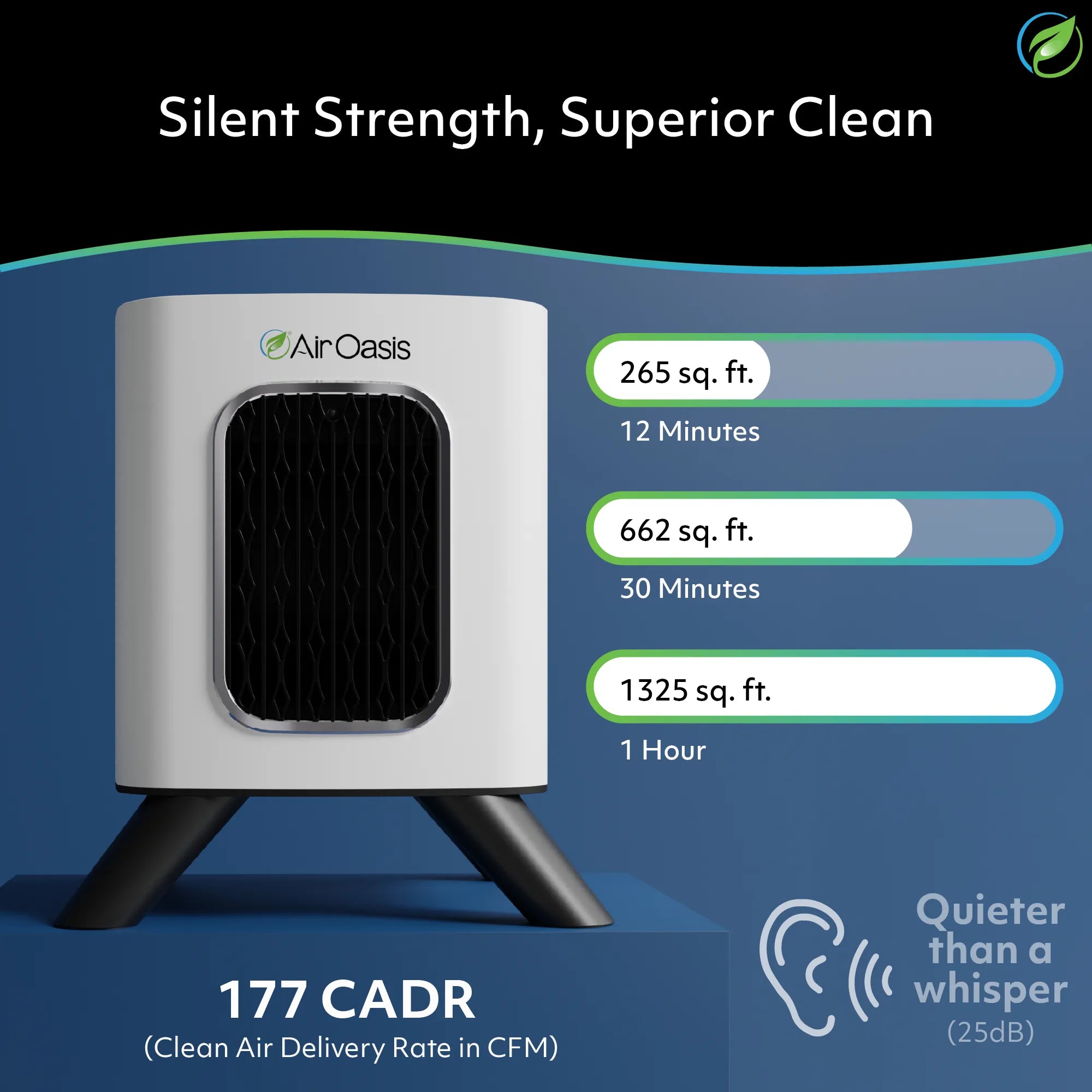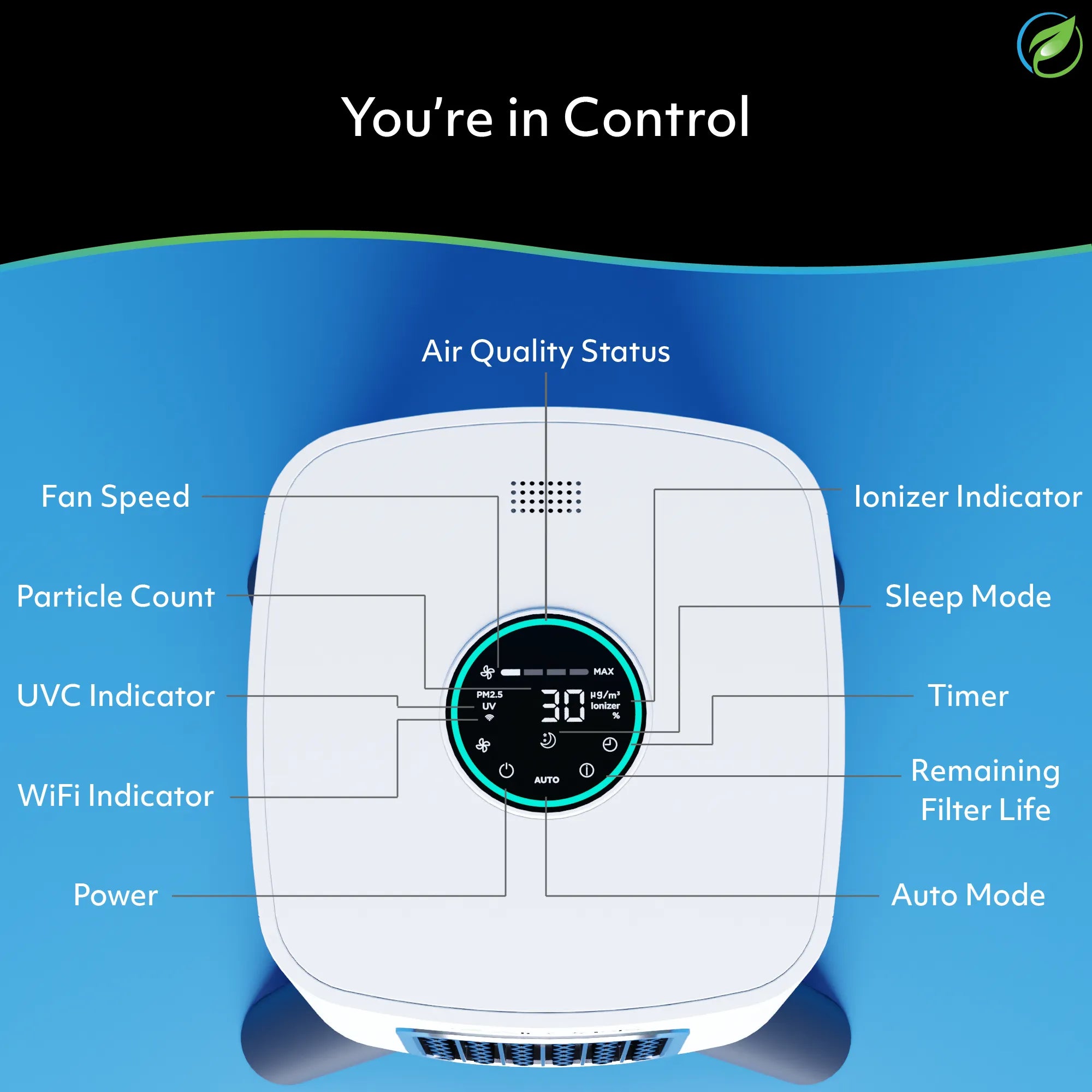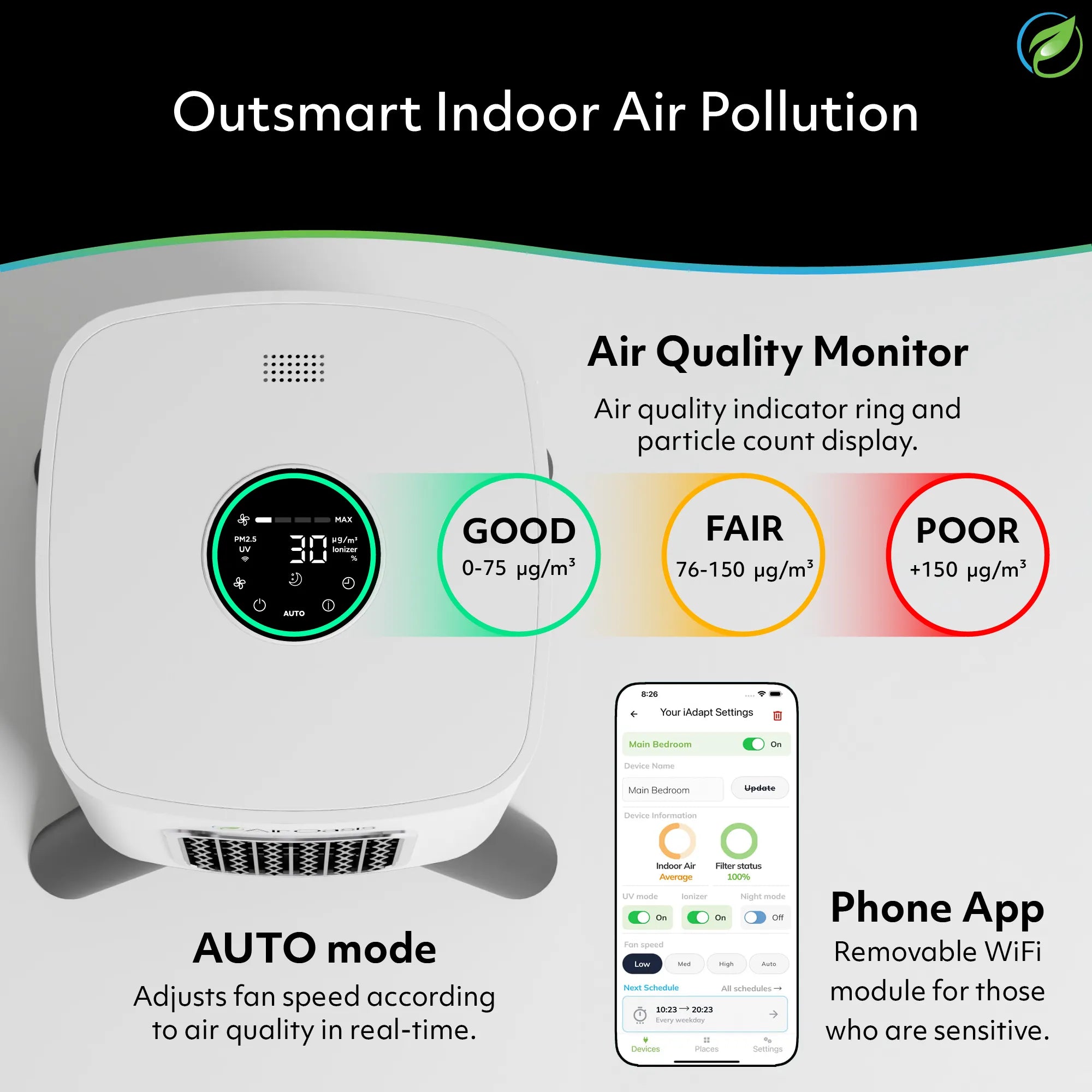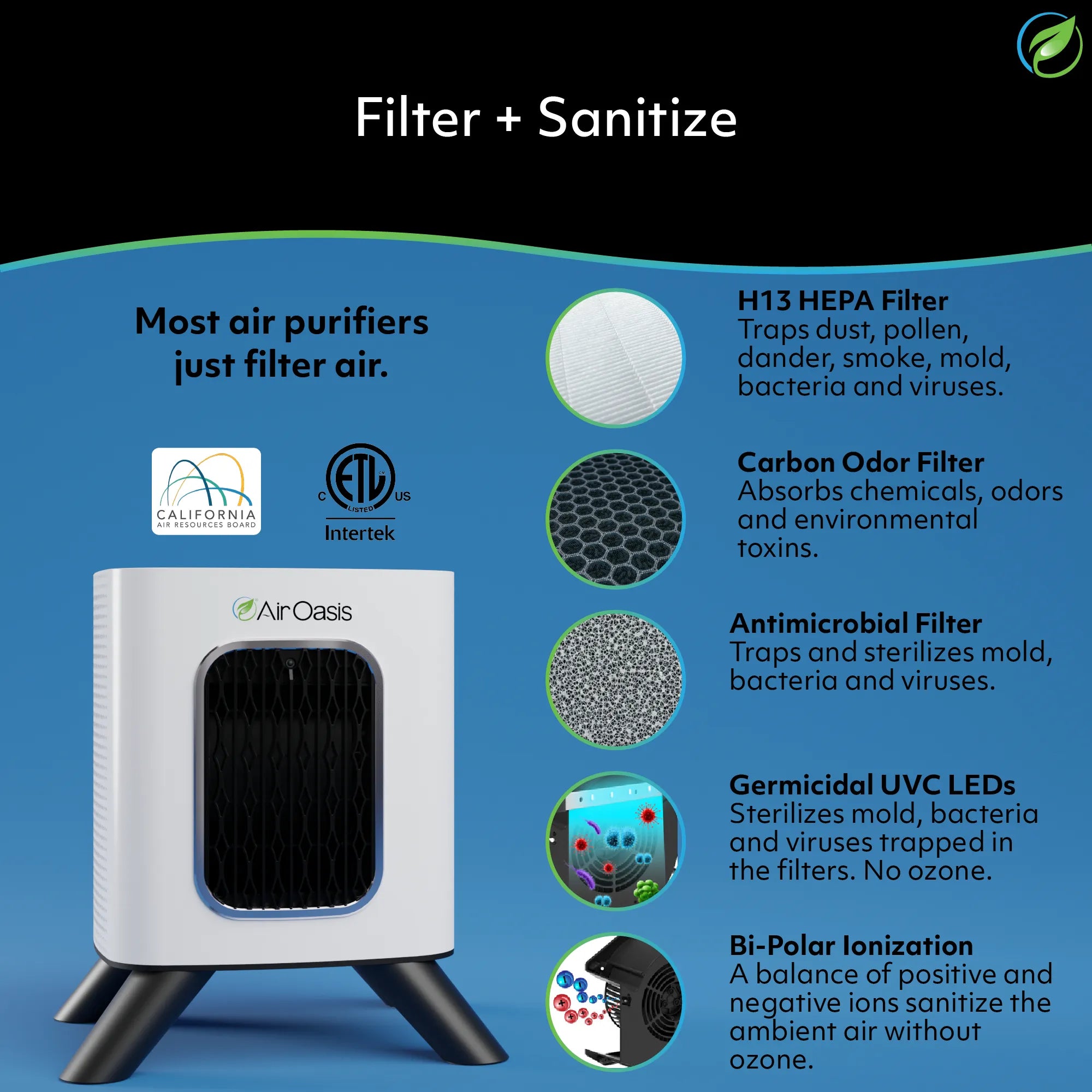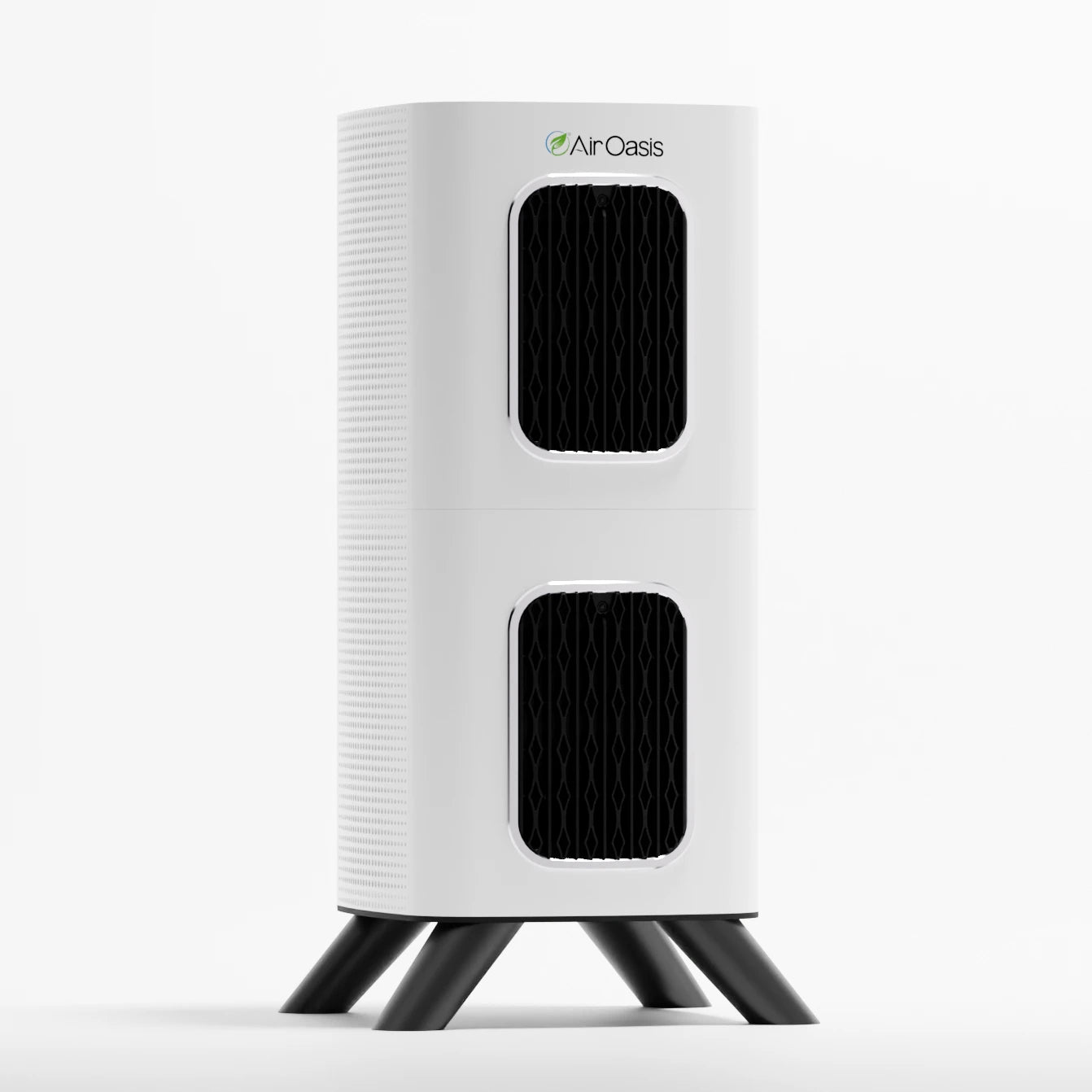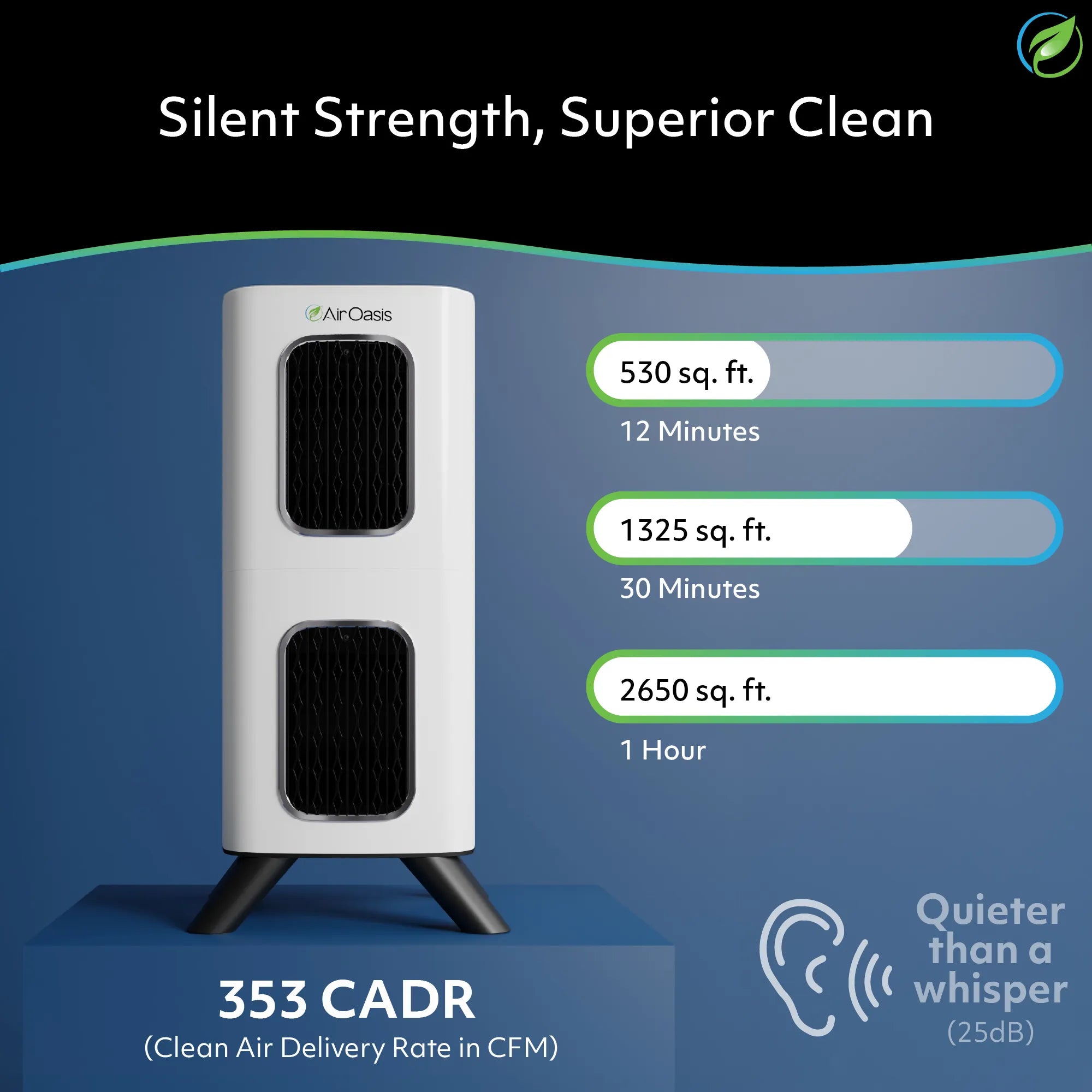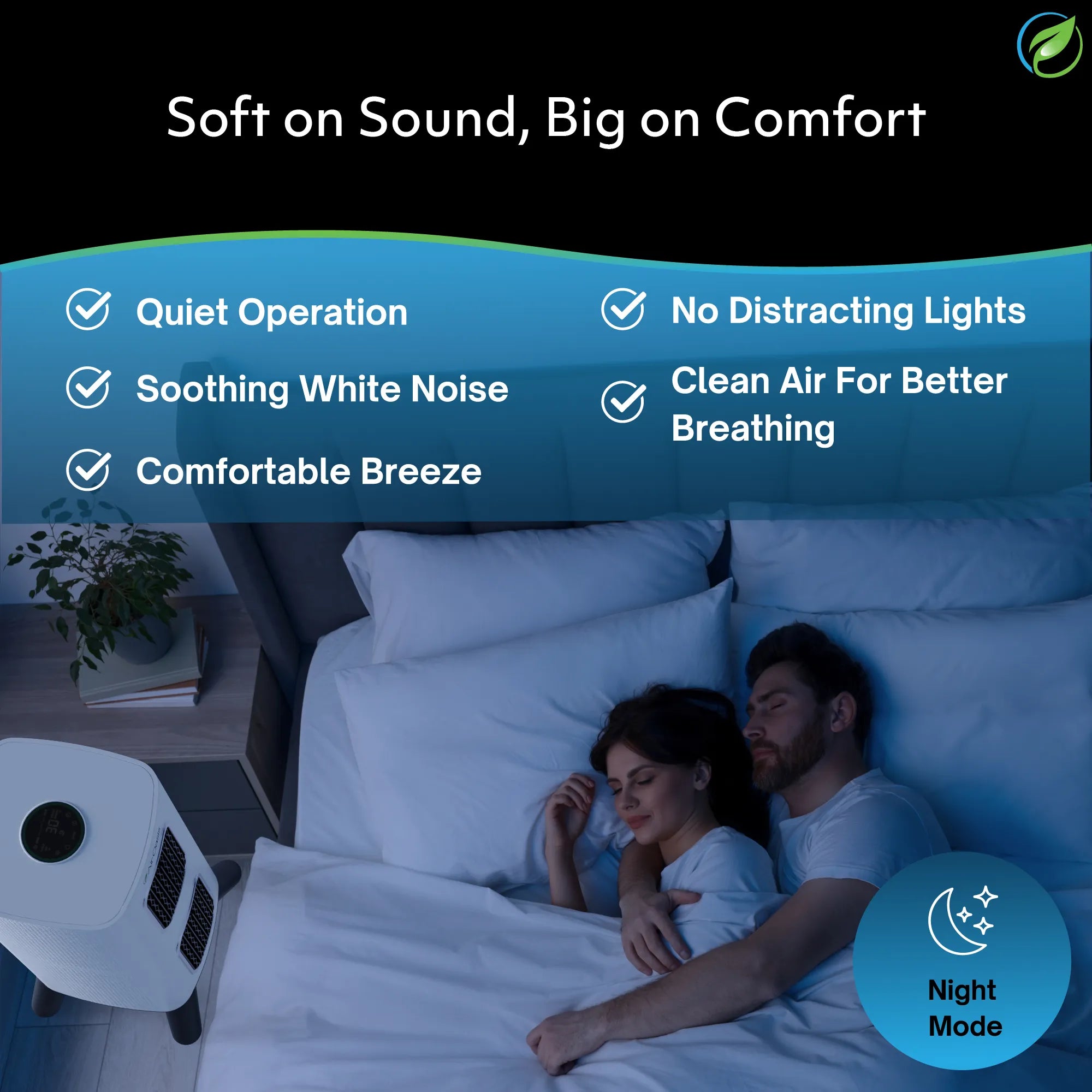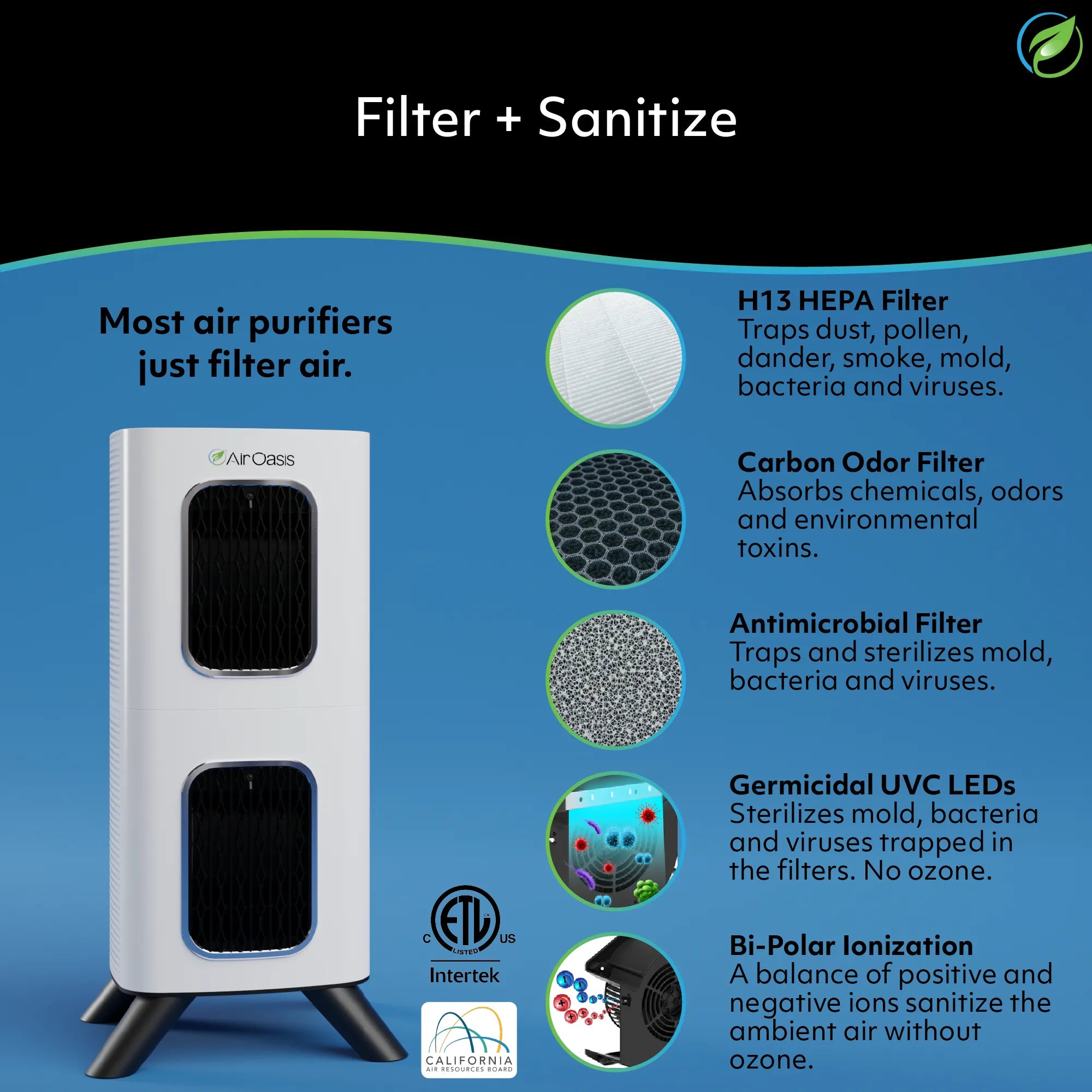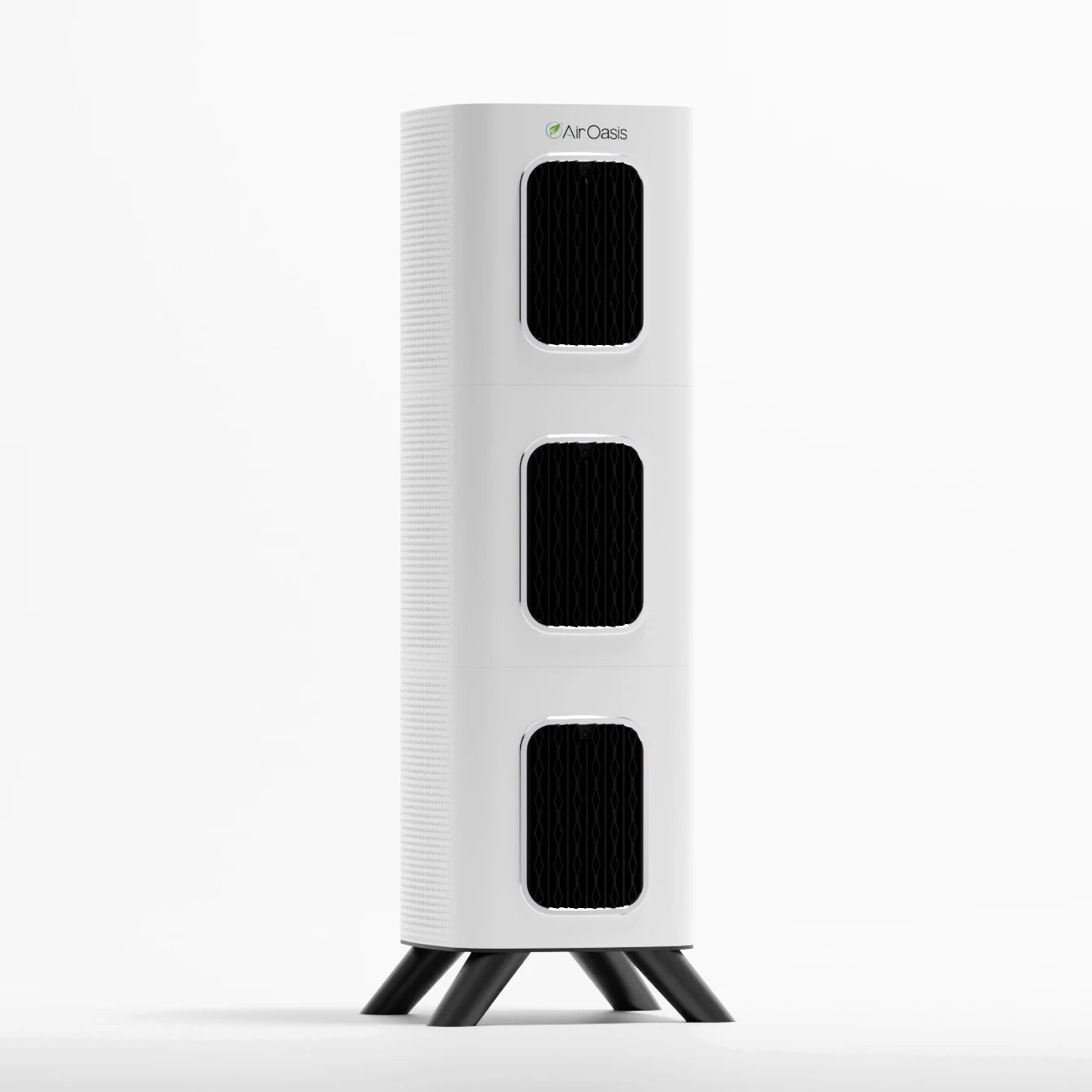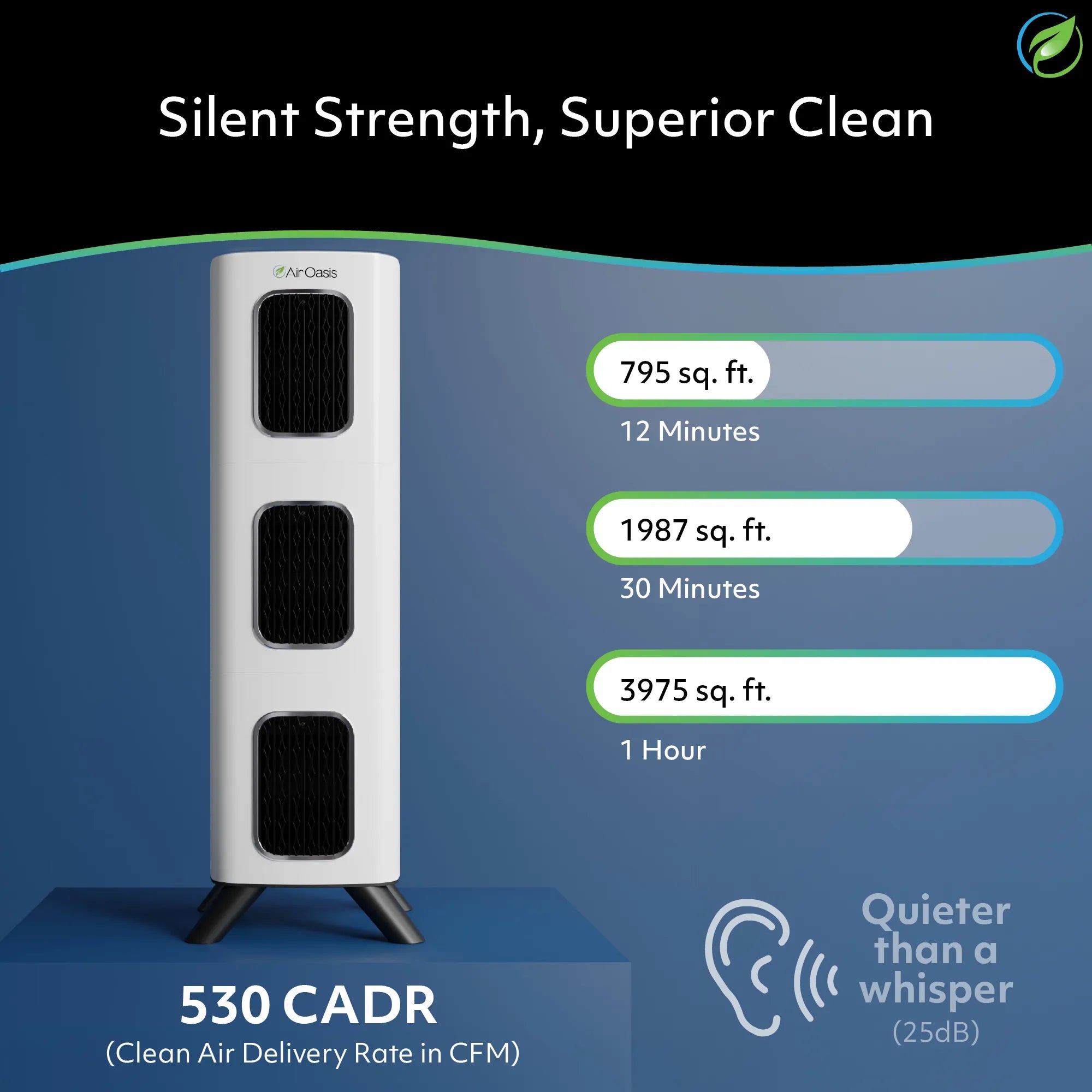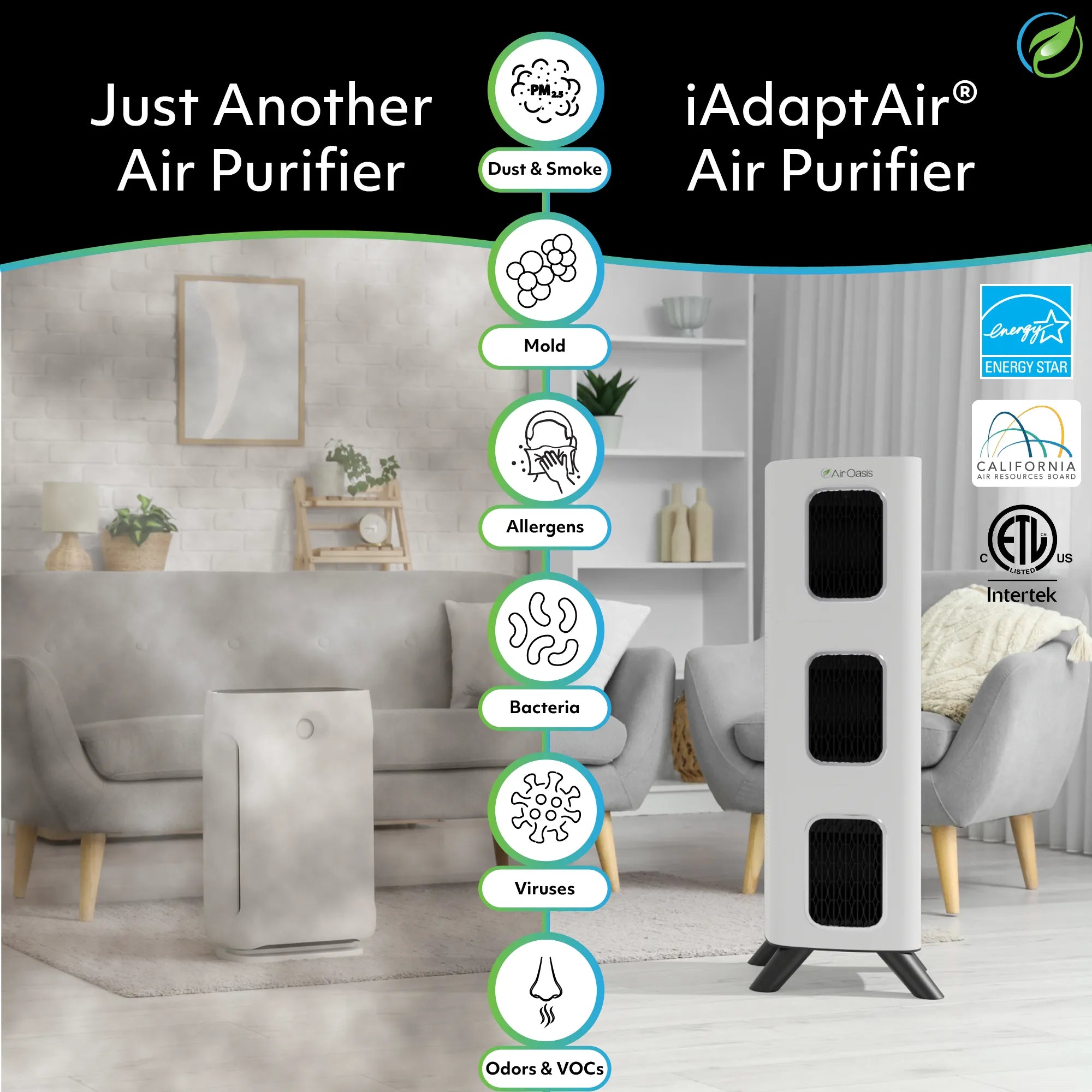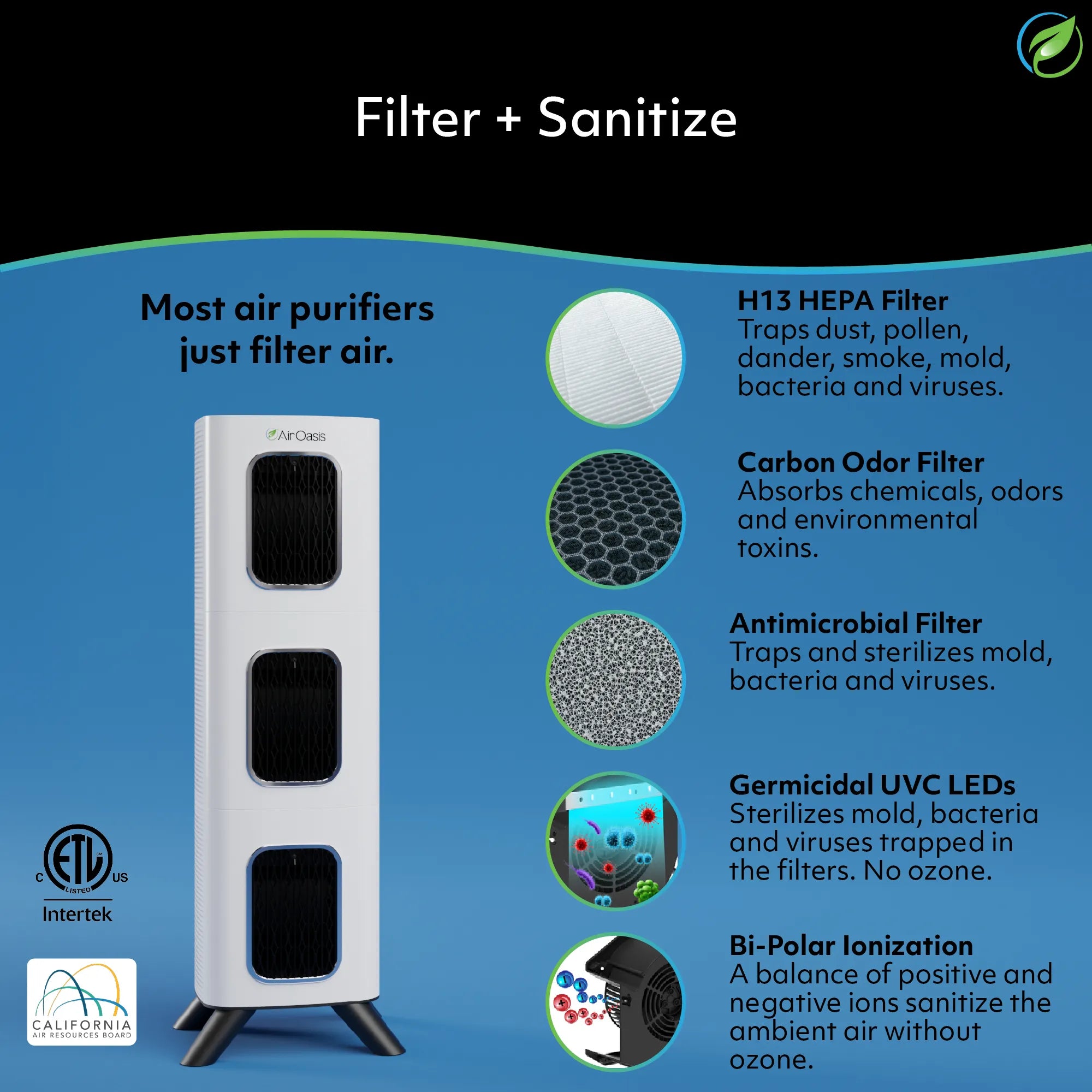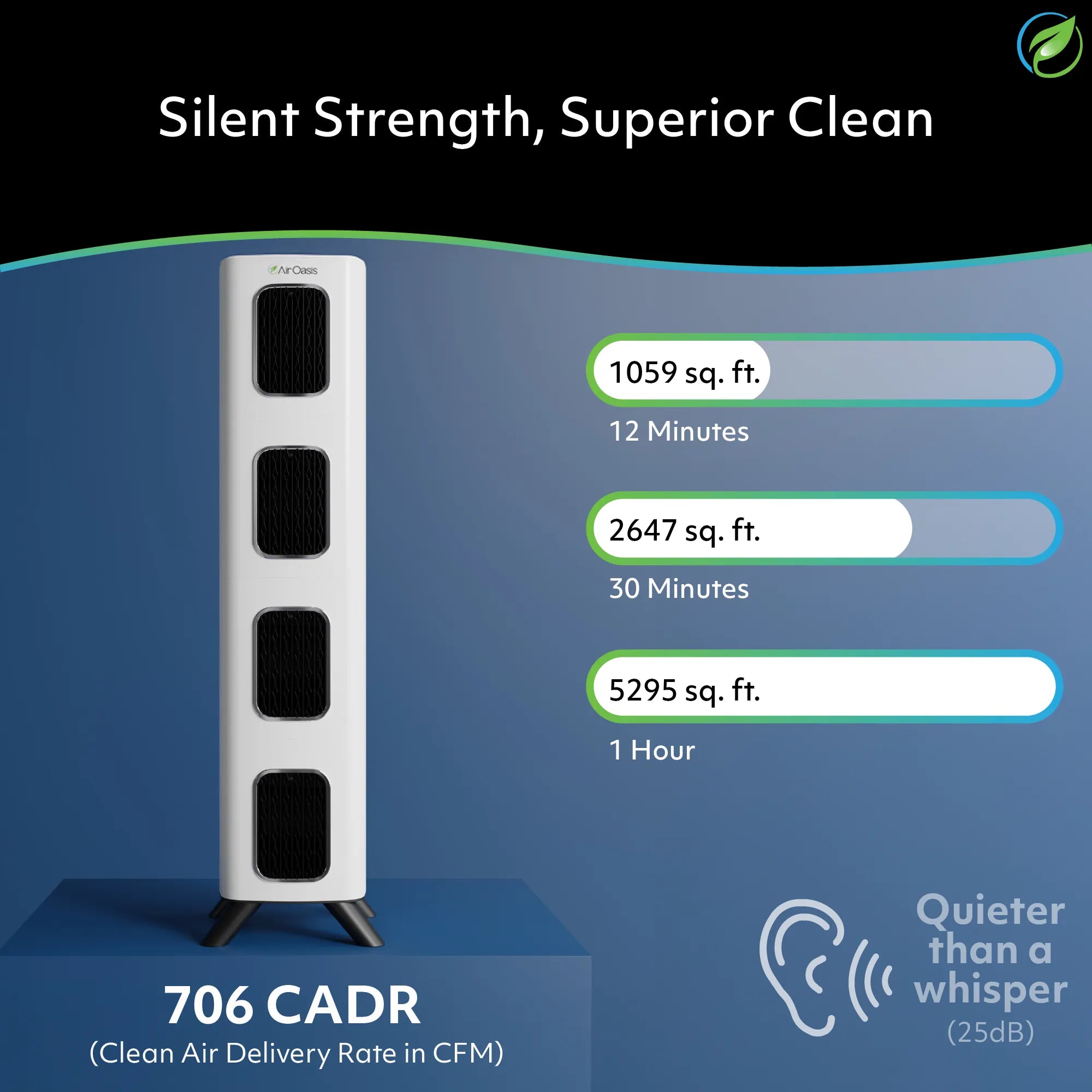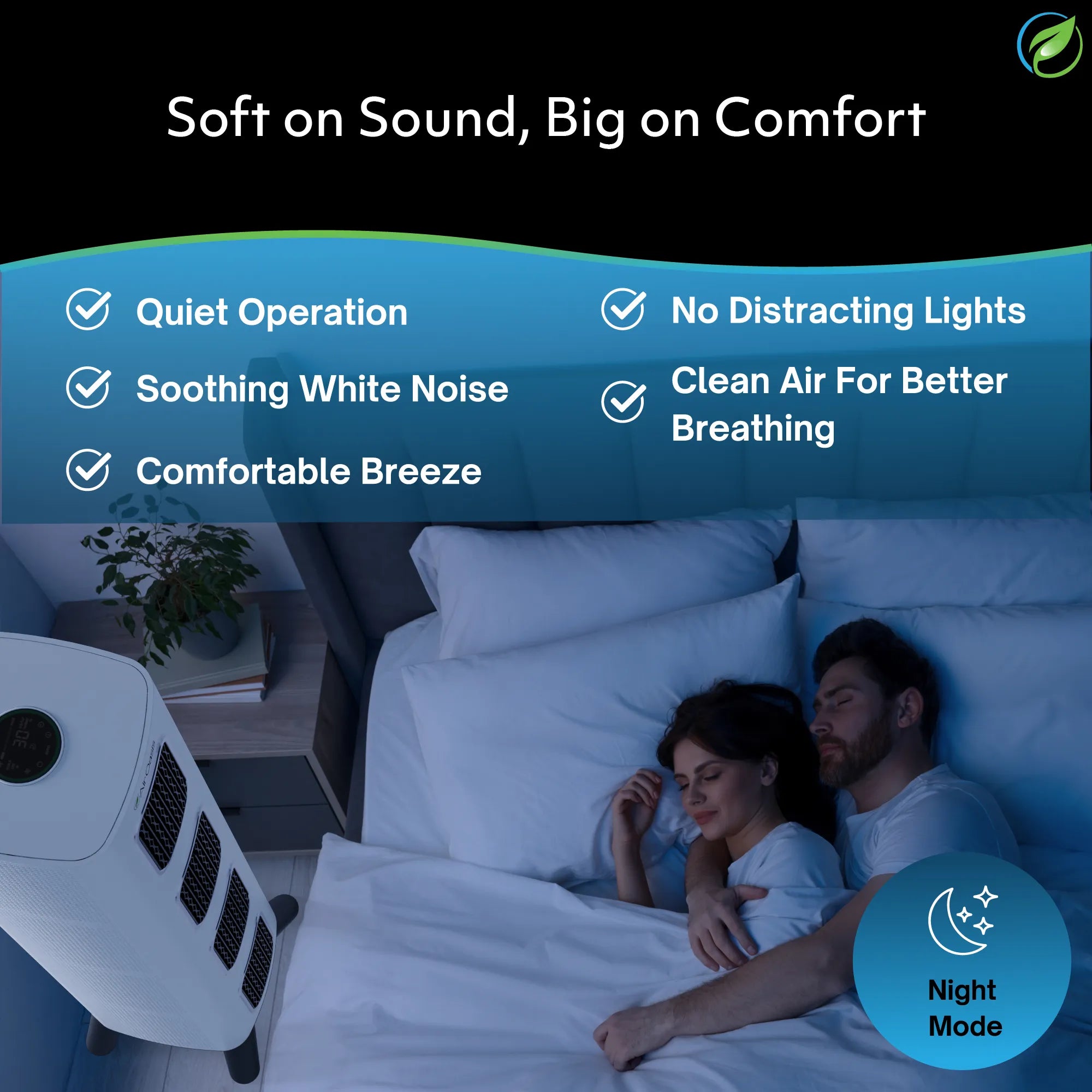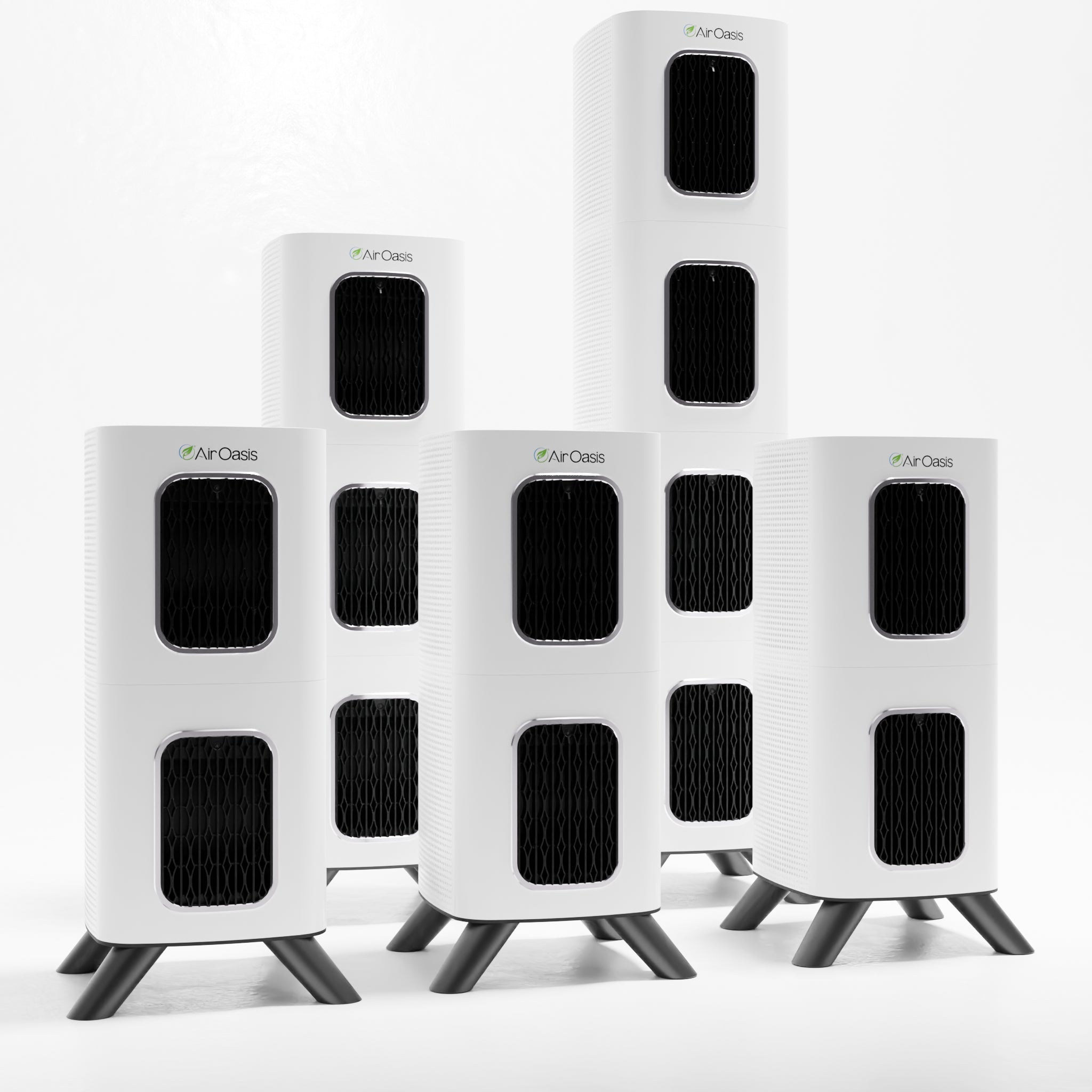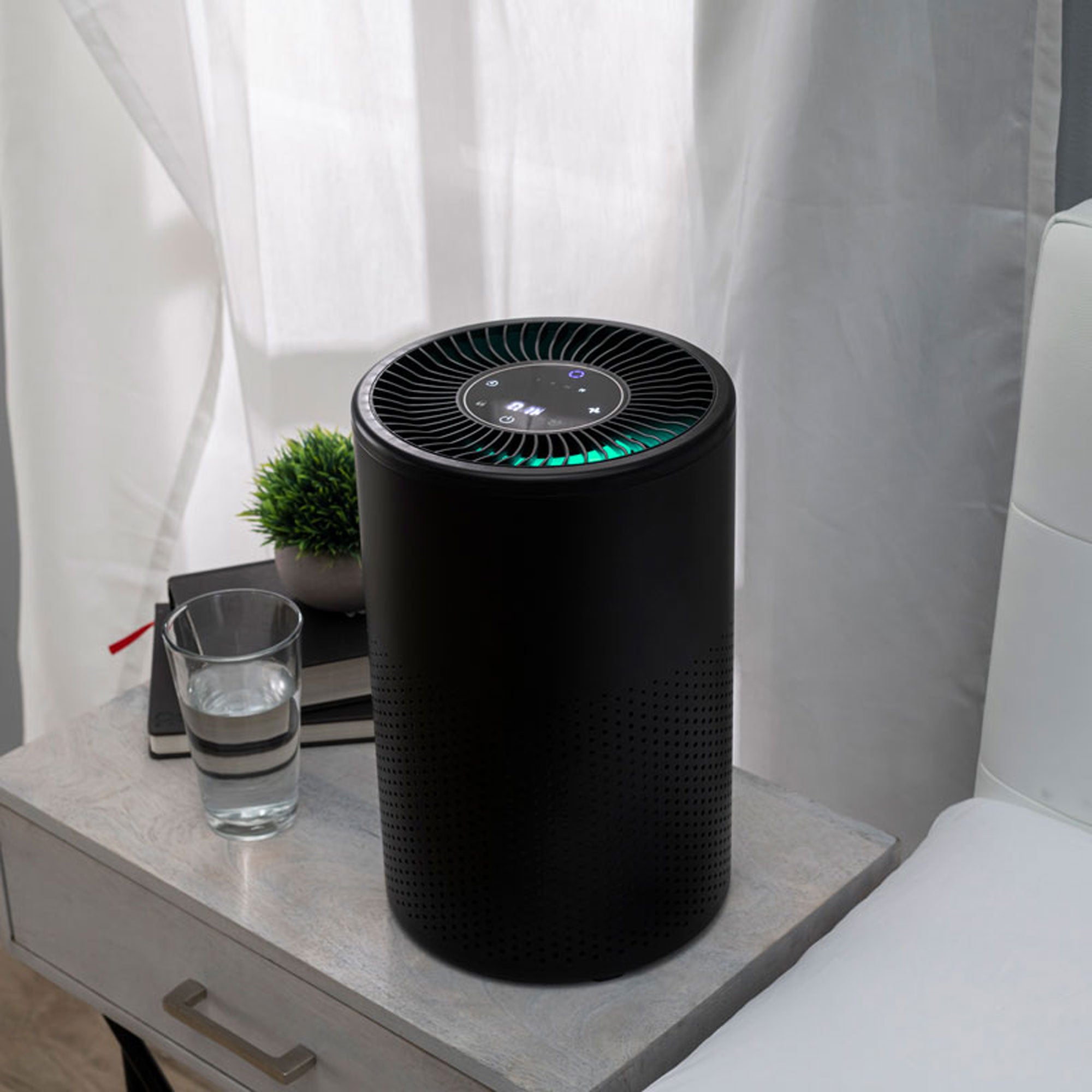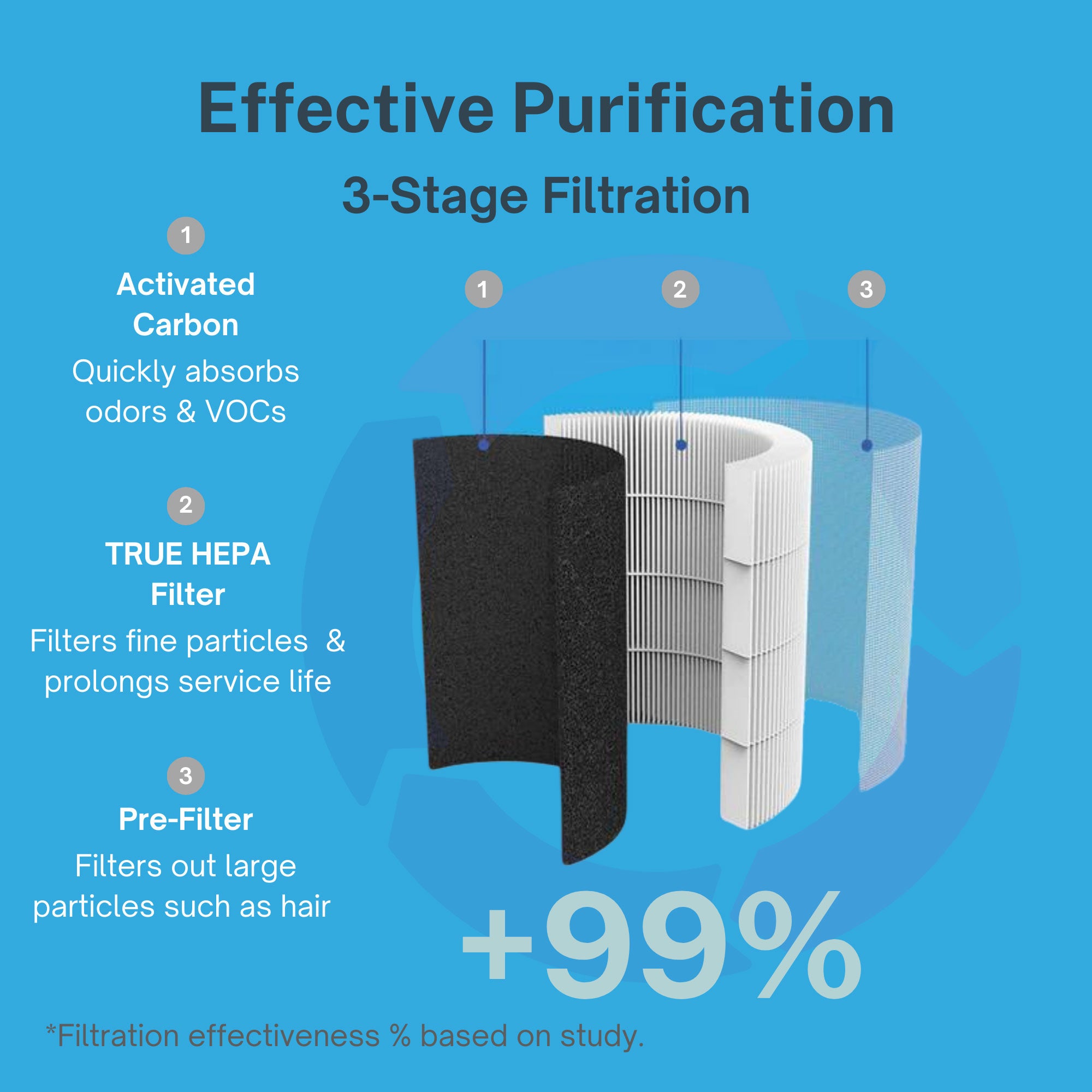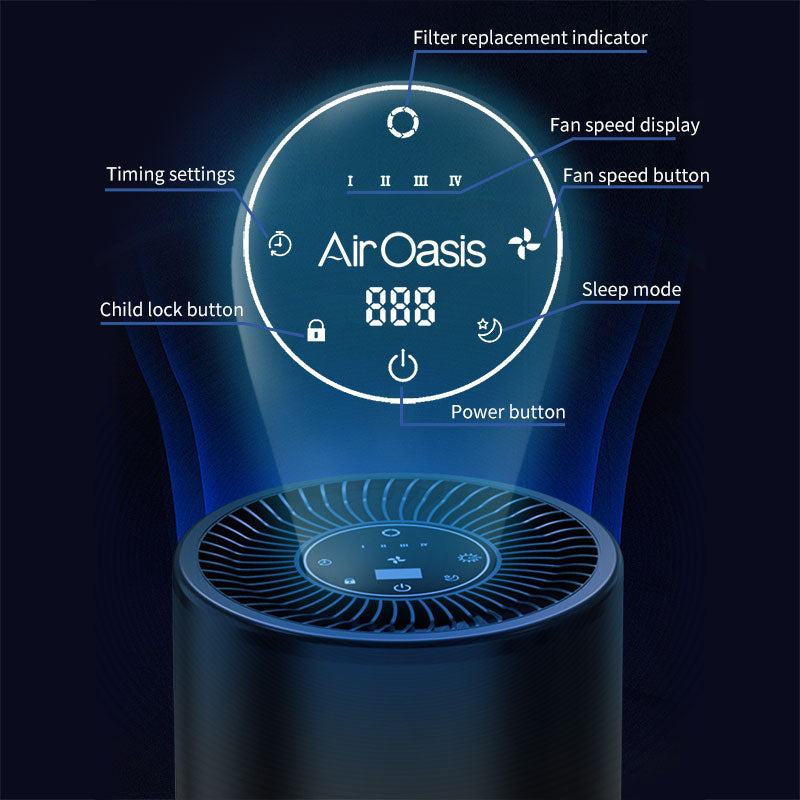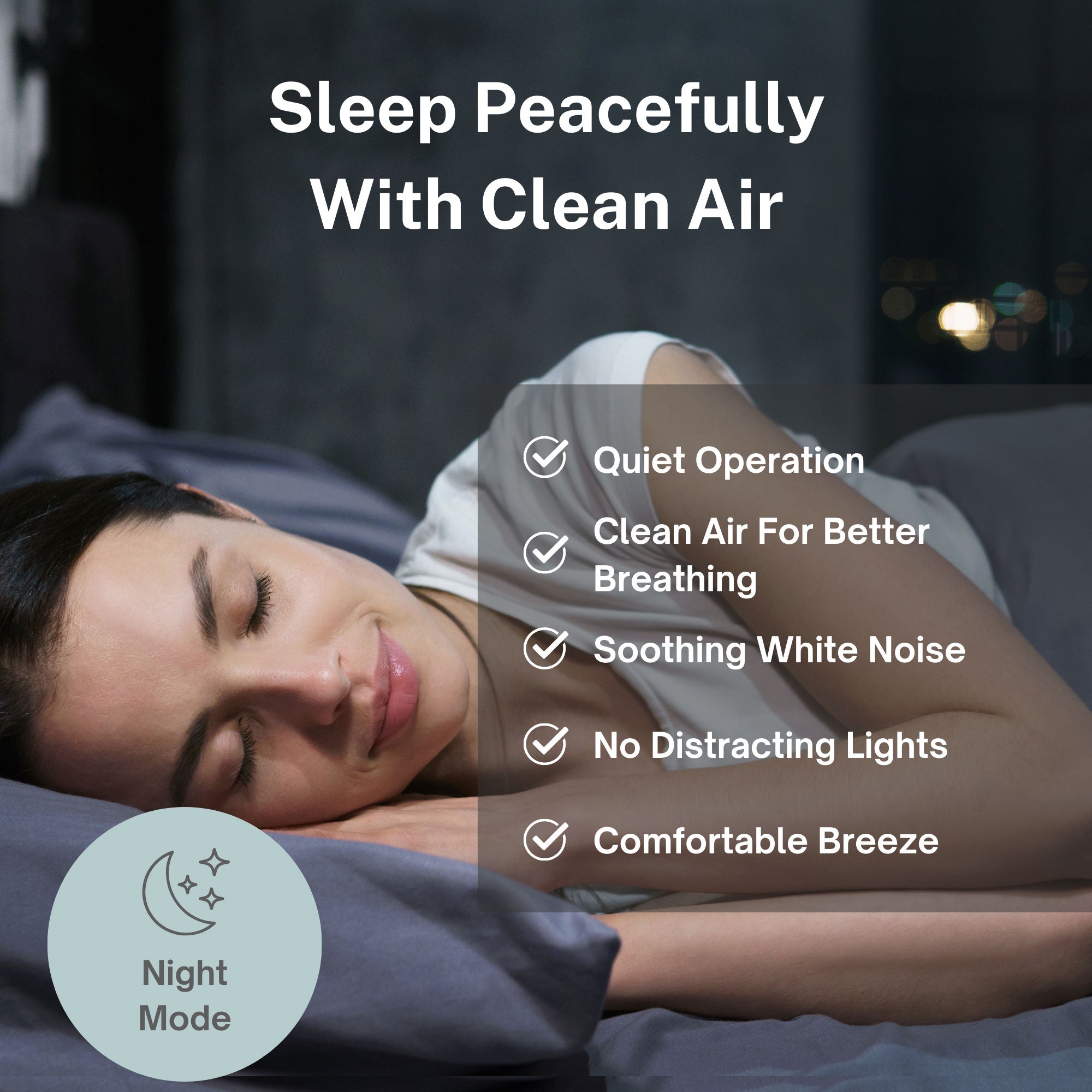Alzheimer's disease might begin decades before the first symptoms appear. Not with age. Not with genetics alone. But with the air a child breathes growing up in a polluted environment.
That's the striking conclusion from new peer-reviewed research published in the Journal of Alzheimer's Disease. The study reveals compelling evidence that air pollution represents a major modifiable risk factor for Alzheimer's, potentially triggering neurodegeneration that starts in childhood and progresses silently for years.
The research also offers something rare in Alzheimer's studies: hope. A comprehensive prevention plan combining environmental awareness with evidence-based lifestyle interventions could protect both current and future generations from this devastating disease.
The Air Pollution and Brain Health Connection
The Alzheimer's Research and Prevention Foundation study examines how environmental toxins accelerate cognitive decline. Particulate matter, oxidative stress, microplastics, and other airborne pollutants create conditions that promote neurodegeneration over time.
Dr. Dharma Singh Khalsa, President and Medical Director of ARPF, emphasizes the timeline. Alzheimer's may begin far earlier than previously understood. Children living in polluted environments face exposure during critical brain development periods. This early damage accumulates across decades before clinical symptoms emerge.
The mechanism involves chronic inflammation and oxidative stress. Air pollutants penetrate deep into lung tissue and enter the bloodstream. These particles cross the blood-brain barrier, triggering inflammatory responses in brain tissue. Over years and decades, this persistent inflammation damages neurons and accelerates the buildup of proteins associated with Alzheimer's pathology.
Climate stress compounds these effects. Wildfires, extreme heat events, and other climate-related phenomena worsen air quality episodes. Dr. Meghan Reddy, commenting on recent Los Angeles fires, notes how environmental changes directly impact both patients and medical training. The connection between air quality and neurological health has never been clearer for frontline physicians.
Understanding the Scope of Risk
The research bridges environmental neuroscience and lifestyle medicine. Dr. Helen Lavretsky of UCLA describes the work as offering a holistic model for Alzheimer's prevention that benefits both individual health and planetary health.
This dual benefit matters because air pollution affects entire populations. Urban areas with heavy traffic, industrial regions, and communities near major pollution sources face elevated exposure. But wildfire smoke, agricultural burning, and long-range transport of pollutants mean even rural areas experience contamination.
The preventable nature of this risk factor distinguishes it from genetic predisposition. While you can't change your DNA, you can modify your exposure to environmental toxins. This makes air quality interventions particularly valuable for public health strategy.
Dr. Annie Fenn emphasizes that a large burden of Alzheimer's cases may be avoided through focused lifestyle interventions. Recent data supports a multipronged approach including limiting air pollution exposure, following brain-protective dietary patterns, and mitigating psychological stress through meditation.
The Revolutionary Prevention Plan
The research outlines a scientifically grounded prevention strategy integrating multiple evidence-based interventions. Brain-protective nutrition forms one pillar. The Mediterranean and MIND diets show particular promise for cognitive health, emphasizing vegetables, berries, nuts, whole grains, fish, and olive oil while limiting red meat and processed foods.
Physical and cognitive exercise provide another crucial component. Regular aerobic activity increases blood flow to the brain and promotes growth of new neural connections. Cognitive challenges through learning, puzzles, and social engagement build cognitive reserve that may delay symptom onset even if pathological changes occur.
The plan incorporates meditation and spiritual fitness, drawing from three decades of research on Kirtan Kriya yoga meditation. These practices reduce stress, lower inflammation markers, and support overall brain health. The combination addresses both biological and psychological factors that influence neurodegeneration risk.
Environmental awareness ties these interventions together. Understanding air quality conditions allows individuals to time outdoor activities when pollution levels are lowest. Monitoring local air quality reports, limiting exposure during high pollution episodes, and creating clean indoor environments all contribute to reduced lifetime exposure.
Protecting Your Indoor Air Environment
While outdoor air quality depends on regional conditions beyond individual control, indoor air quality responds directly to protective measures you implement. The average person spends 90 percent of their time indoors. That makes your home and workplace air quality critical for long-term brain health.
Indoor air pollution comes from multiple sources. Outdoor pollutants infiltrate through ventilation systems and building gaps. Cooking generates particulate matter. Cleaning products release volatile organic compounds. Furniture and building materials off-gas chemicals. Without active filtration, these contaminants accumulate to levels that often exceed outdoor pollution.
The iAdaptAir system provides medical-grade protection against the full spectrum of airborne threats. HEPA filtration captures 99.97 percent of particles as small as 0.3 microns, including the fine particulate matter most strongly linked to brain health concerns. These microscopic particles that cross the blood-brain barrier get trapped before entering your respiratory system.
UV-C technology adds pathogen control. Activated carbon filtration removes volatile organic compounds and odors. Smart sensors monitor air quality in real time and adjust fan speeds automatically. This comprehensive approach addresses particulate pollution, biological contaminants, and chemical irritants simultaneously.
The Urgency of Prevention
Dr. Christopher Walling notes that linking Alzheimer's prevention with climate action advances eco-psychology into public health. The same measures that protect individual brain health contribute to broader environmental sustainability. This alignment creates powerful motivation for action at both personal and policy levels.
The research underscores timing. If neurodegeneration begins in childhood among those living in polluted environments, then waiting until middle age to address air quality concerns means missing decades of preventive opportunity. Early intervention matters for maximizing protective effects across the lifespan.
Current air quality conditions demand immediate attention. Wildfire seasons grow longer and more intense. Urban air pollution persists in major metropolitan areas. Industrial activities continue releasing particulate matter. The population-level exposure to brain-threatening pollutants remains high and appears to be increasing in many regions.
Take Action for Brain Health Today
The new research provides both warning and opportunity. Air pollution threatens brain health across the lifespan. But modifiable risk factors respond to intervention. You can reduce your exposure and implement protective strategies starting immediately.
Clean indoor air represents your most controllable environmental factor. The iAdaptAir system delivers medical-grade filtration that removes the particulate matter linked to neurodegeneration risk. HEPA technology captures microscopic particles before they reach your lungs and bloodstream. UV-C neutralizes biological threats. Smart sensors ensure continuous protection adapted to real-time conditions.
Protect your brain health and your family's cognitive future. Invest in clean indoor air as part of a comprehensive Alzheimer's prevention strategy. Shop Air Oasis today and create the clean air environment your brain deserves.






